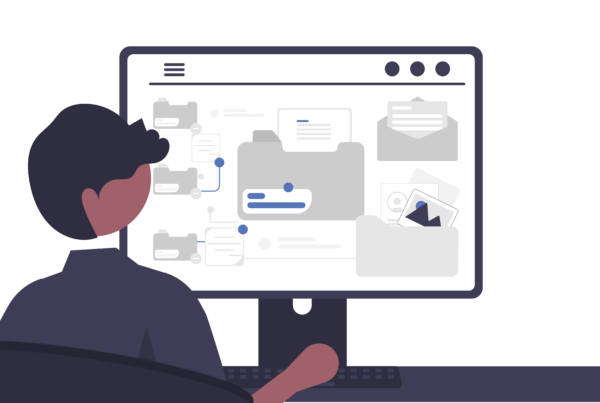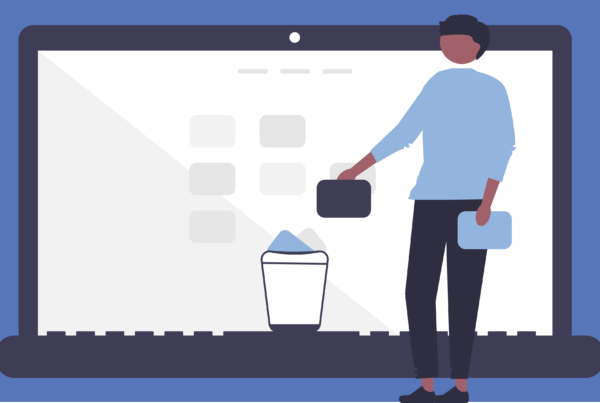
Devices are a fun and essential part of our lives. Technology is changing our world and providing our kids with endless access to information and opportunities. But did you know that TVs, computers, tablets, phones and game consoles can affect our organs and bodily functions, without us realising it? Brains and eyes might come to mind, but spare a thought for your spine and cardiovascular system too!
The major transformations that the brain goes through during the tween and teen years, maybe why kids are especially vulnerable to the physical and emotional impacts of screen time. With the learnings from the last 13 years since the advent of the i-phone, exposure by kids to excessive screen time has now been shown to impact –
- Attention, and therefore learning
- Self-competence and self-confidence, due to missing out on other developmentally important activities
- Social and language skills
- Emotions and personality development
- Addiction and reward-seeking drives
- Vision
- Vitamin deficiency, due to lack of sunlight
- Sleep
- Physical fitness
- Weight and overall health.
A lot of research has gone into what is acceptable in terms of screen time guidelines for kids, taking into account both short and long-term impacts. But in addition to giving some thought to the total amount of screen time our kids should have each day, what they do during that screen time (besides staring at the screen!), is also important.
Taking regular breaks while you are busy on a screen, whether you are a kid or an adult, is proving to be super important to counter some of the direct and indirect impacts of that screen on our bodies. Short, frequent breaks seem to have a better effect than less frequent, longer breaks. So, a 5-10 minute break after 50-60 minutes of screen time is better for you than a 20-minute break every 3 hours.
The key is simply to use your break from your screen to do these 4 things:
Change your posture
Just standing up, stepping away and walking around for a bit will help to reset the posture of your spine and neck, which naturally curves and slumps forwards toward the screen
Refocus your eyes
To give your eyes a boost, the 20-20-20 rule is a good habit to instil early on: set a reminder to look away from the screen every 20 minutes and look at something about 20 feet away for about 20 seconds;
Breathe
Holding your breath, or breathing shallowly, when you’re using any kind of screen is a real thing known as Screen Apnea. Taking breaks to consciously focus on your breathing and oxygenate your body helps boost your focus and energy levels. BreathWork Africa promotes Conscious Breathing as a way to impact physical well-being, mental health, creativity and sports performance.
Stretch
Lastly, just rolling and stretching out your arms, shoulders, neck and back helps to revive your circulation which gets more sluggish, the longer you are sitting.
Best of all is to encourage your kids to combine all of these whilst having a short reboot outside… often leading them off to other screen-free distractions. A WIN-WIN!



